Should I Use Beading for My Flooring?
When installing new flooring, homeowners and professionals often ask: Should I use beading? Flooring beading, also known as floor trim, plays a vital role in finishing a floor but may not always be essential. In this guide, Flooring Factory Outlet explains the purpose of beading, compares it to skirting boards, and outlines when and why you should use it. We also cover expansion gap coverage, installation tips, and aesthetic benefits.
What is Flooring Beading?
Flooring beading is a decorative trim used to conceal the gap between your flooring and the wall. This gap, called the expansion gap, is crucial for allowing the floor to expand and contract naturally with changes in temperature and humidity. Beading is typically made from materials such as MDF, timber, or vinyl and is installed along the room’s perimeter to complement the style and finish of your flooring.
Key Points About Flooring Beading:
- Purpose: Covers the expansion gap while allowing the floor to move freely.
- Materials: MDF, timber, or vinyl options are available, offering both durability and style.
- Finish: Provides a neat, professional appearance to any flooring installation.
Beading vs Skirting: Which is Better for Your Floor?
A common dilemma is whether to use beading or skirting boards. Both cover gaps, but they differ in style, function, and installation. Here’s a breakdown:
1. Appearance
- Beading: Subtle, minimalist, and sleek. Perfect for modern interiors where the flooring itself is the star.
- Skirting: Larger and more decorative. Ideal for traditional or period-style homes where the skirting is a feature element
2. Functionality
- Beading: Primarily covers expansion gaps in floating floors such as laminate, vinyl, or engineered wood. It’s functional and allows natural floor movement.
- Skirting: Mainly decorative, covering the wall-floor junction, but not specifically designed for expansion gaps.
3. Cost and Installation
- Beading: Affordable, quick to install, and DIY-friendly. Often glued or nailed without professional help.
- Skirting: More expensive, requires precise cutting and professional installation in most cases.
When to Use Beading: Key Situations
1. For Flooring With Expansion Gaps
Beading is essential for floating floors where an expansion gap is required. Without it, floors may buckle or warp.
- Floating Floors: Laminate, vinyl, or engineered wood.
- Tidy Finish: Hides the gap and gives a professional look.
2. When You Want a Minimalist Aesthetic
Beading’s slim profile keeps the room looking clean and modern.
- Clean Lines: Ideal for contemporary designs.
- Seamless Match: MDF or vinyl beading can match the floor colour perfectly.
3. For Easy and Quick Installation
If you want a fast, cost-effective finish, beading is perfect.
- DIY-Friendly: Can be installed without professional tools.
- Speed: Covers the expansion gap in minutes, not hours.
Benefits of Using Flooring Beading
1. Covers Expansion Gaps
Prevents buckling and ensures flooring longevity by leaving room for natural movement.
2. Enhances Flooring Aesthetics
Beading provides a polished, professional look without drawing attention away from your flooring.
3. Cost-Effective Option
More affordable than skirting boards, yet versatile and elegant.
Trim Options for Your Flooring Installation
Besides beading, other trim options include:
- Skirting Boards: Larger and more decorative, suited for traditional homes.
- Quarter Round Trim: Rounded profile, still functional, and works with most floors.
- Flush or Flat Skirting: Sits against the wall and floor for a seamless finish, but needs precise installation.
Conclusion: Should You Use Beading?
So, should you use beading? The answer largely depends on your flooring type, aesthetic preferences, and the function you need from the trim.
Choose beading if:
- You need to cover expansion gaps in floating floors.
- You prefer a minimalist, modern aesthetic.
- You want a quick, easy, and cost-effective finish.
Flooring Factory Outlet recommends beading for homeowners seeking a sleek, professional finish without overspending. Available in MDF, timber, and vinyl, it’s versatile, durable, and enhances your floor’s appearance. Whether you choose beading or skirting, always ensure your flooring has the necessary expansion gap for a long-lasting installation.
15 FAQs About Flooring Beading and Skirting
Beading is slim and minimalist, mainly covering expansion gaps. Skirting is larger and decorative, covering wall-floor junctions.
Yes, beading works with laminate, vinyl, and engineered or solid hardwood.
Yes, floating floors must have an expansion gap to prevent warping or buckling.
Yes, beading is generally cheaper and easier to install
Yes, most MDF or vinyl beading is DIY-friendly.
Commonly MDF, timber, or vinyl.
No, it covers the gap without restricting natural expansion or contraction.
Yes, especially vinyl or waterproof MDF beading.
Choose a similar colour, material, or finish for a seamless look.
Beading is generally for hard floors, not carpets. Skirting is better for carpeted rooms.
It provides a neat finish, which can enhance aesthetic appeal but not significantly affect value
Some skirting boards can, but beading is specifically designed for this purpose.
Usually 1–2 hours for a standard room, depending on size and DIY skill.
Yes, some MDF and timber beading have subtle grooves or profiles for added style.

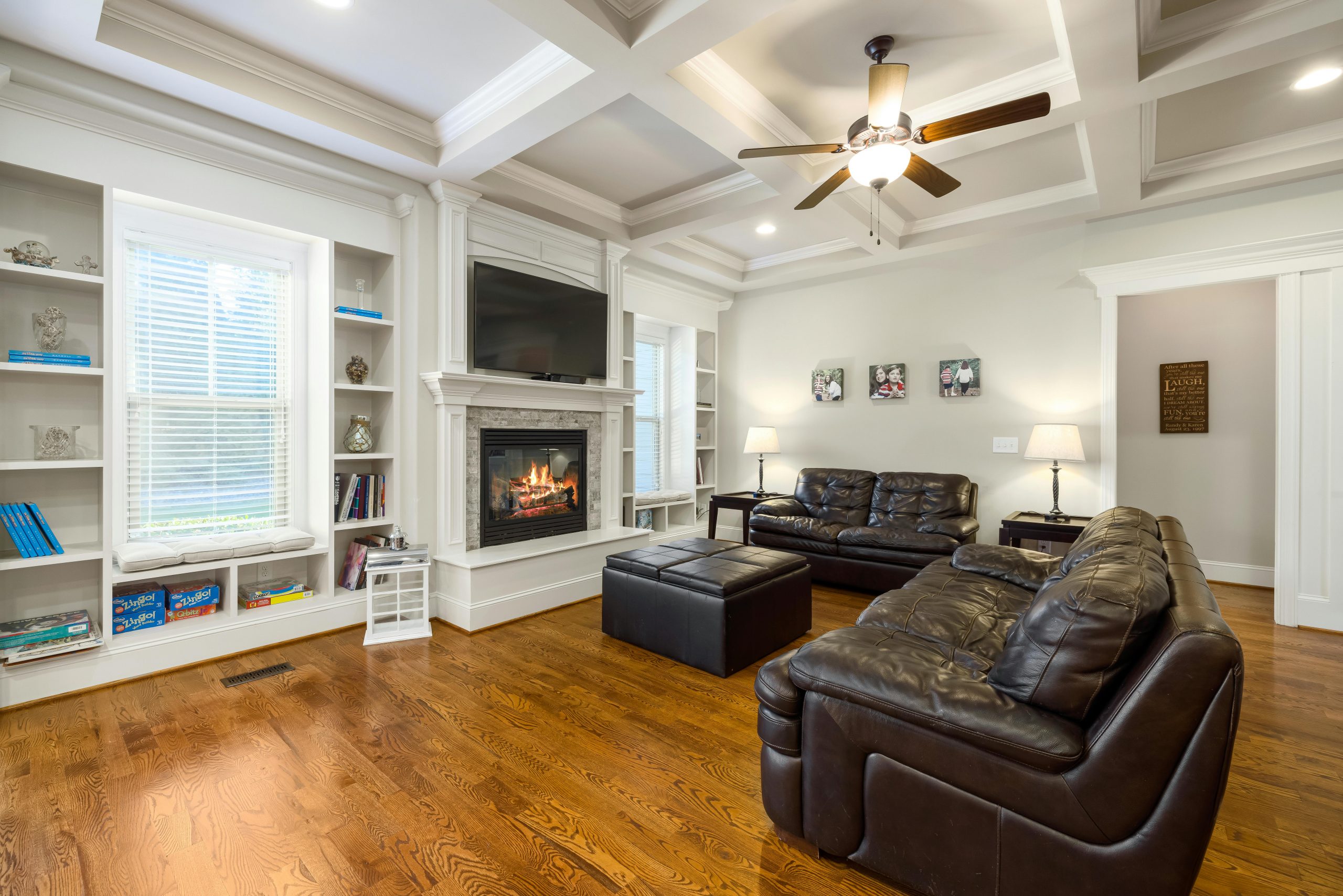
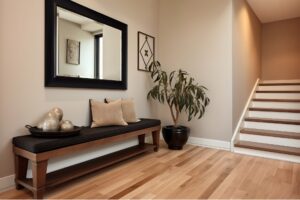
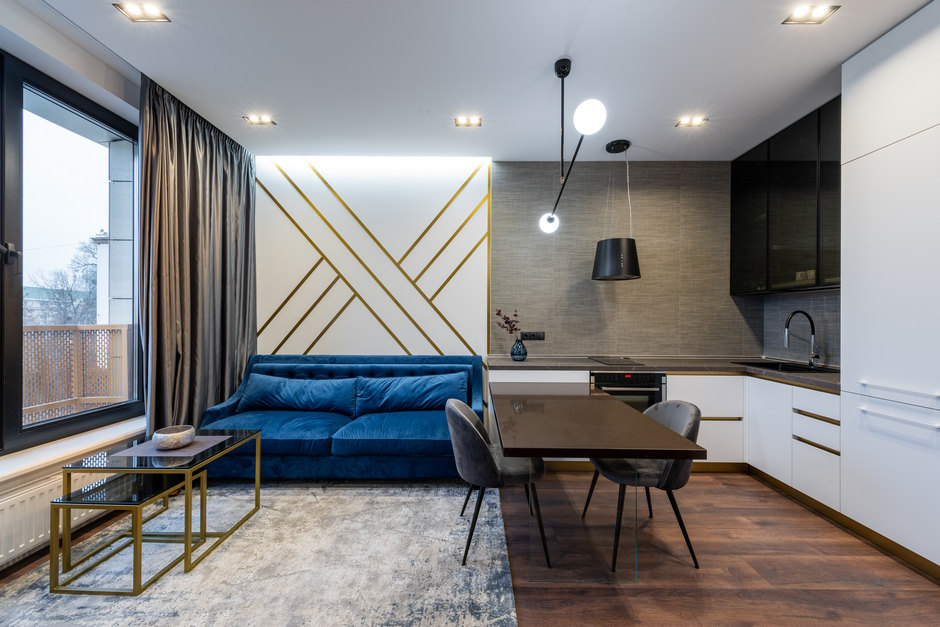
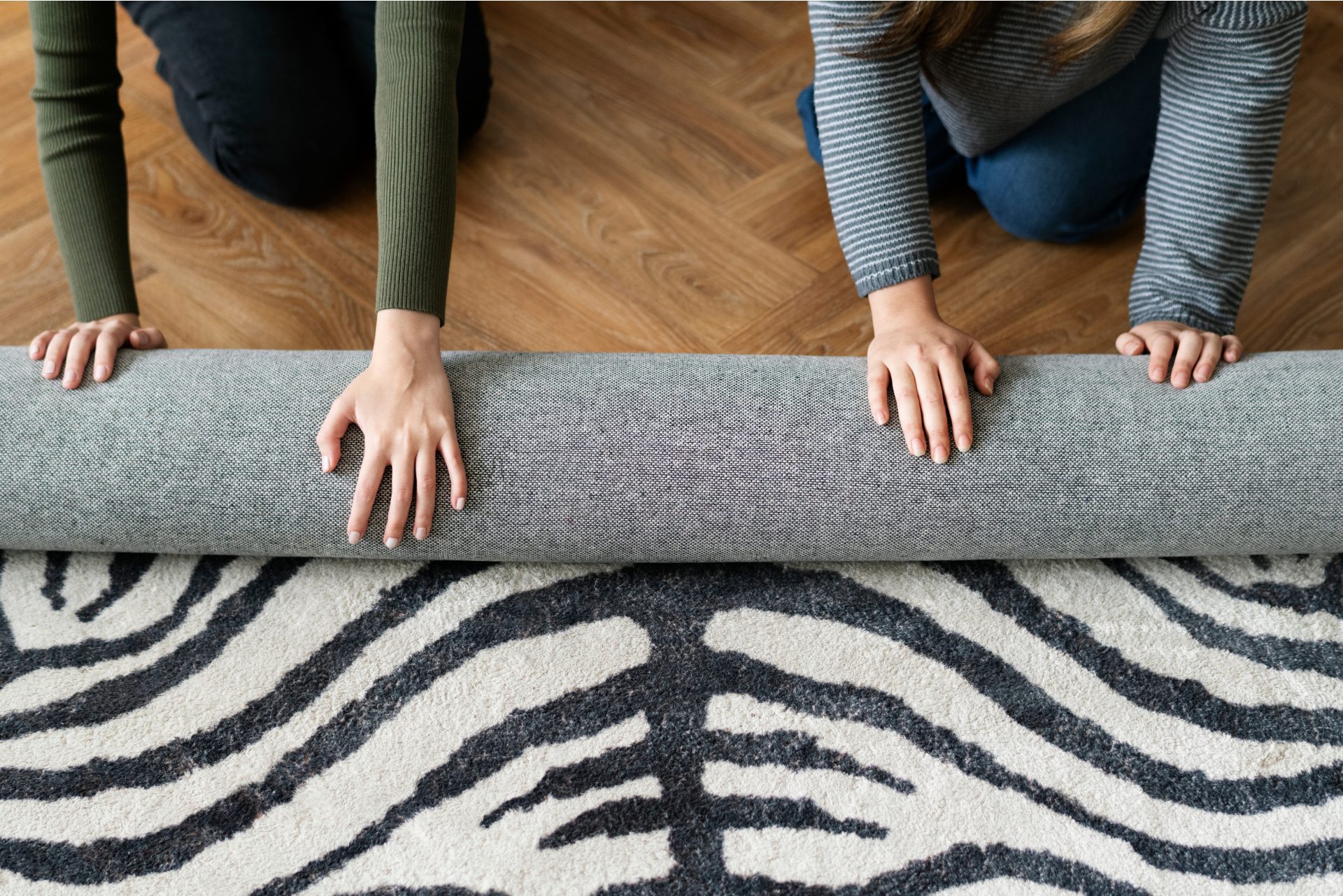
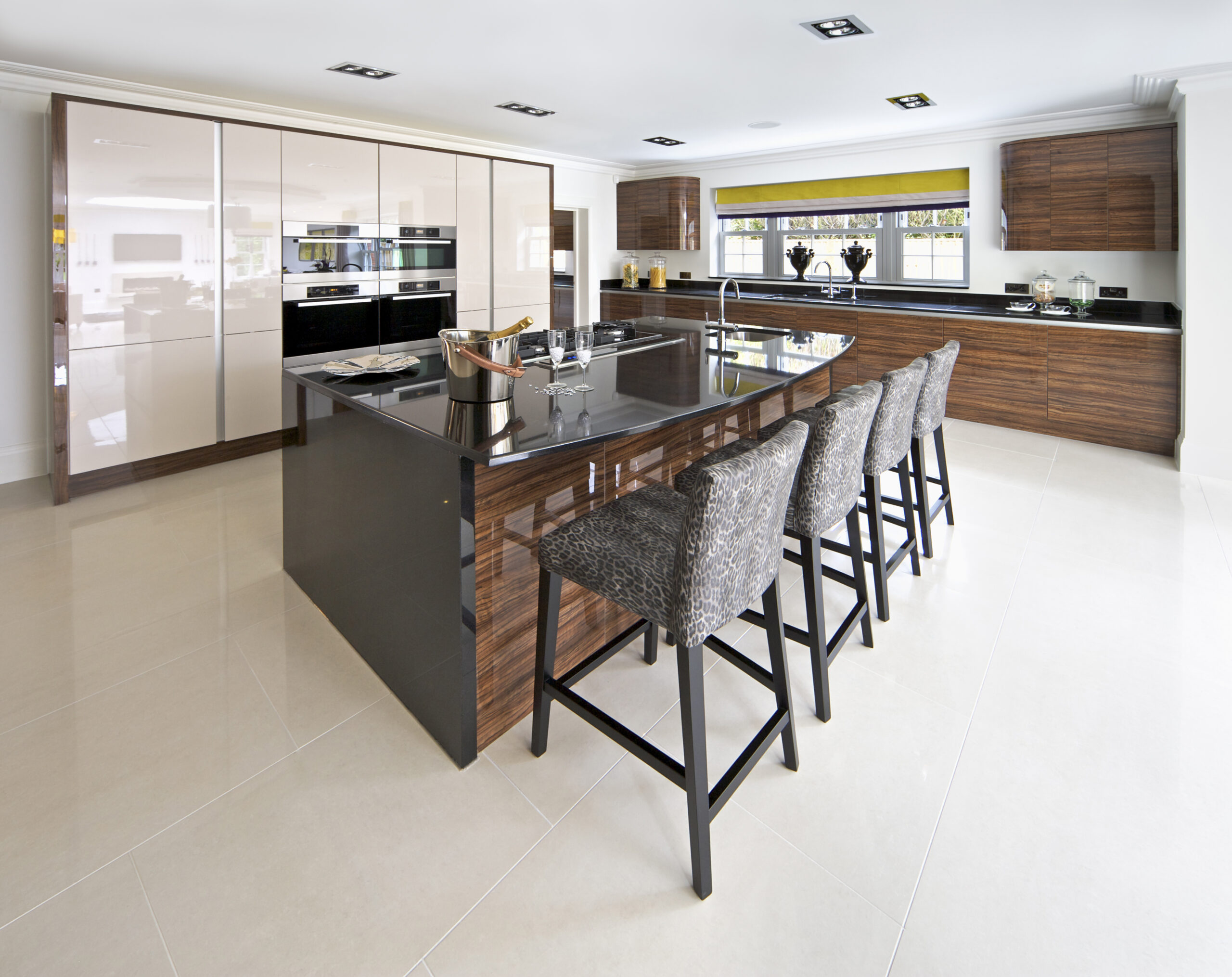
Comments are closed.